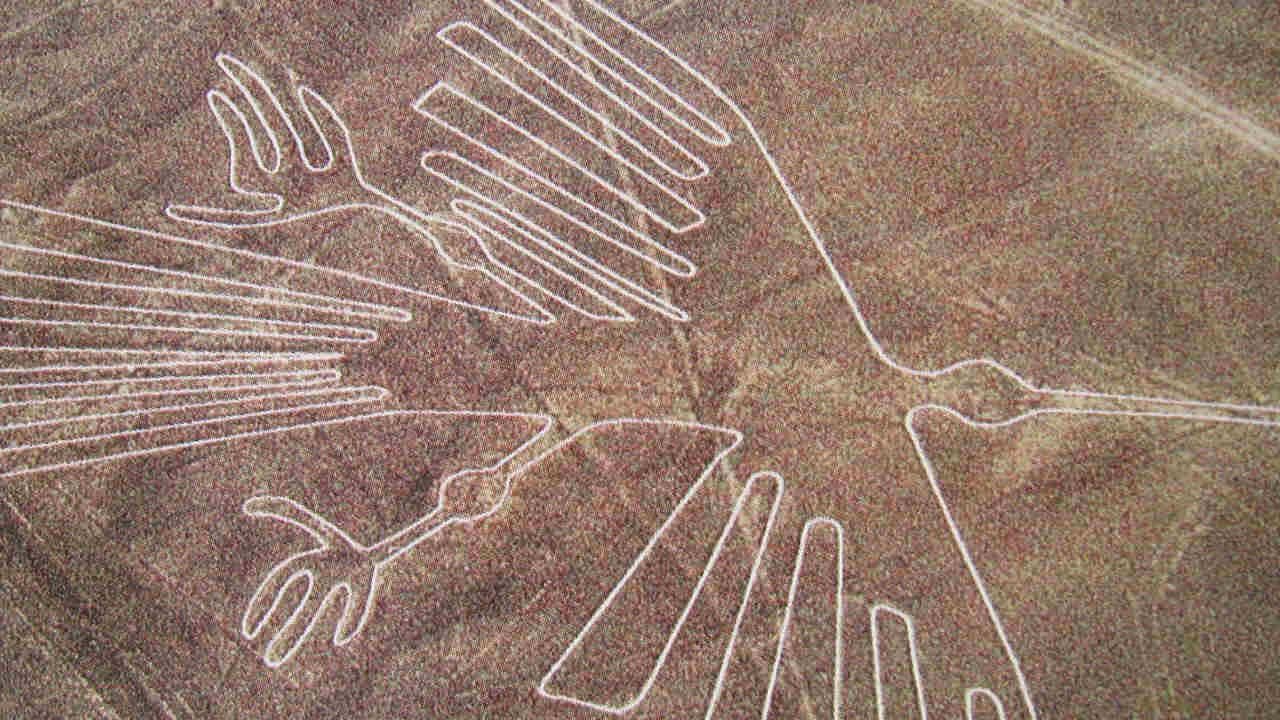In the depths of the Tar Desert are hidden several mysterious ancient hand-carved drawings carved on the ground. Recently discovered huge motifs are examples of geoglyphs or motifs. These huge images and patterns made by hand are carved on the ground and are depicted as the largest images made by human hands that have ever been discovered!
One of the other very famous geoglyphs is the Nazca of the Peruvian Line, but the one found in the Thar Desert seems to stand alone, representing (perhaps) the largest graphic images in human history designed by humans.
In the new document, the researchers explained: “So far, these geoglyphs, the largest found in the world and for the first time on the Indian subcontinent, are also unique in terms of their mysterious signs.”
They were discovered by two independent researchers from France, named Carlo and Johann Etheimer. They spotted new geoglyphs using Google Earth during a virtual exploration of the Tar Desert region.
The largest geoglyph is a giant asymmetric spiral, known as the Boha-1, and consists of a single loop line that stretches for 12 km on an area of 724 m in length and 201 m in width.
The researchers also noted: “The giant spiral and serpentine figure are certainly the main attractions closely related to Boch-3, suggesting that all other geoglyphs were created as the basis for this set.”
This region, also known as the Great Indian Desert, covers an area of about 200,000 square meters. km, covering India and Pakistan.

